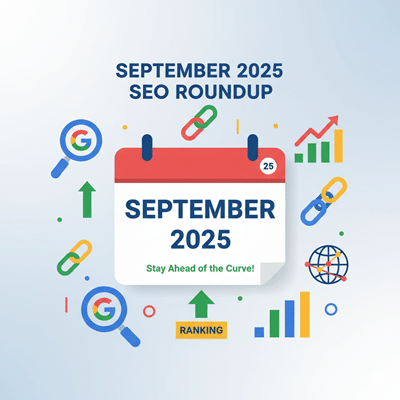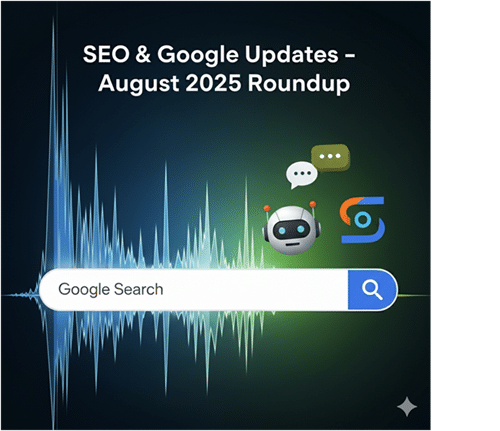The methods we use to enhance content for Google Search are rapidly advancing. With an array of rich search result snippets, AI-driven conversational experiences, and organized forum tracking in Search Console, it’s evident that the landscape of SEO in 2025 transcends mere keywords and backlinks.
As a digital marketing strategist located in the U.S. with more than ten years of practical experience in adapting to algorithm changes and shifts in user intent, I’m analyzing Google’s recent updates to help you prepare your strategy for the future—not only for rankings but also for user engagement.
1. Unlocking Deeper Data with the Search Analytics API
https://developers.google.com/webmaster-tools/v1/searchanalytics/query#metadata
The Search Console API from Google is often overlooked, yet it offers a wealth of valuable insights into search performance that many have yet to tap into. The searchAnalytics.query() method enables webmasters to efficiently retrieve search data, tailored by various parameters such as country, device, date, query, and additional options.
What You Can Do:
- Refine your analysis of clicks and impressions based on query, country, device, page, or even hourly patterns.
- Analyze performance across various devices and regions using up to five distinct dimensions.
- Analyze content performance by examining click-through rates and positioning metrics.
- Evaluate the effectiveness of various content formats (such as Web, compared to Discover or Google News) by utilizing the type filter.
Key Technical Insights:
- Offers support for aggregation types: auto, by Page, by Property.
- Dimensions such as search Appearance assist in pinpointing elements like video or rich results.
- Dimension filter groups and data state facilitate detailed, immediate reporting.
SEO Pro Tip: Always run a base diagnostic query with dimensions: [“date”] to understand data availability before scaling requests. This establishes the groundwork for intelligent pagination and automated reporting.
2. AI Mode Comes to Circle to Search & Google Lens
https://www.seroundtable.com/google-ai-mode-circle-to-search-google-lens-39738.html
Visual search has evolved beyond being just a trend; it has become a fundamental way for users to find, comprehend, and engage with content.
With the introduction of AI Mode in Circle to Search and Google Lens, users are now able to:
- Simply long-press the home button, circle any element on your screen, and you’ll get a comprehensive overview powered by generative AI.
- Select “Explore further with AI mode” to engage in conversational follow-ups regarding images, texts, or UI components.
- Access contextual gaming assistance right within mobile games by highlighting characters or objects.
Why This Matters for SEO:
- The transition from keyword-based to visual and multimodal search requires your content to be thoughtfully organized, clearly labeled, and abundant in imagery.
- The use of alt text, semantic HTML, and structured data plays a crucial role in determining the visibility and presentation of your content in various interactions.
- AI summaries draw from the content of the page—ensuring quality, clarity, and E-E-A-T signals have become increasingly important.
Local Perspective: For those managing an e-commerce store or content site in the U.S., it’s essential to enhance your product and review pages with compelling visual elements. These experiences are currently available on Android and iOS in the U.S. and India, and they are rapidly expanding.
3. Search Console Adds Discussion Forum Filter for Rich Results
https://developers.google.com/search/docs/appearance/structured-data/discussion-forum
Platforms fueled by community engagement and sites featuring user-generated content have experienced significant growth: The latest update to Google Search Console introduces a “Discussion Forums” filter within the Search Appearance section.

This allows you to analyze the performance of forum-style pages labeled with DiscussionForumPosting or SocialMediaPosting schema in terms of clicks, impressions, CTR, and rankings.
Eligibility & Markup Guidelines:
- Required: Author, publish date (ISO), and content.
- Recommended: Likes, replies, nested threading.
- Preferred markup: Microdata or RDFa (JSON-LD supported).
- Avoid utilizing this on editorial pieces or blogs written by the company.
SEO Insight: By hosting product forums, engaging in gaming discussions, or facilitating community Q&A threads, you now possess a straightforward method to track their search performance. Utilize this approach to enhance high-engagement discussions through precise meta tags and strategic internal linking.
4. Google Experiments with “See More” and Snippet Hyperlinks in Search Results
https://www.seroundtable.com/google-search-result-snippets-see-more-other-links-39809.html
A nuanced but important update is being introduced in Google Search snippets: the addition of “See More” buttons and clickable hyperlinks within the snippet text.
Key Behaviors:
- By clicking “See More,” users are taken straight to a designated section of the page.
- The hyperlinked terms within the snippet also create direct links to specific sections within the same content.
- In certain trials, hover-activated previews improve the ability to discover content without requiring a complete click-through.
Implications for Webmasters:
- Organized content featuring distinct headings and jump links, such as FAQ anchors and H2s, tends to encourage this behavior more effectively.
- Websites featuring concise summaries or navigational aids within the content see significant advantages.
Pro Tip: Employ the table of contents and HTML ID tags (#) with intention and precision. These are increasingly vital points of engagement in the evolving snippet framework.
5. Putting It All Together: The Future of Search is Multi-Dimensional
With the evolution of API advancements and AI-generated summaries, alongside enhanced discussion tracking and in-snippet navigation, Google is progressively transforming into a search experience that caters to multiple intents and modalities.
Here’s How to Stay Ahead:
- Structure Everything: From schemas to subheadings to image alt-text, a well-organized structure enhances visibility.
- Enable AI Access: Well-structured, accessible content provides AI with the necessary material for concise summaries and insightful overviews.
- Embrace Visuals: Picture SEO has become essential. Choose your file names with care. Consider utilizing WebP or AVIF formats. Assign thoughtful labels.
- Track What Matters: Utilize the filters in Search Console, such as forums and Discover, to analyze ROI with greater precision.
- Write for Humans, Tag for Machines: Maintain a genuine and supportive approach, while making sure that each element is optimized for technical visibility.
Final Thought: A Local SEO Expert’s Perspective
As an experienced SEO professional in the U.S. collaborating with businesses nationwide, I witness how shifts like these reshape ROI and expand digital influence. The brands poised for success in the future are already making adjustments today: harmonizing content organization with technical SEO, creating experiences that are both user-friendly and machine-readable, and utilizing Search Console as a hub for performance management.
Google has evolved beyond being merely a search engine. It serves as a visual assistant, a game guide, a forum aggregator, and an AI research tool.
If your site isn’t communicating effectively in all these languages, you’re missing out on being understood.
It’s the perfect moment to elevate your SEO approach. Allow organization, purpose, and diverse access to illuminate your path ahead.



